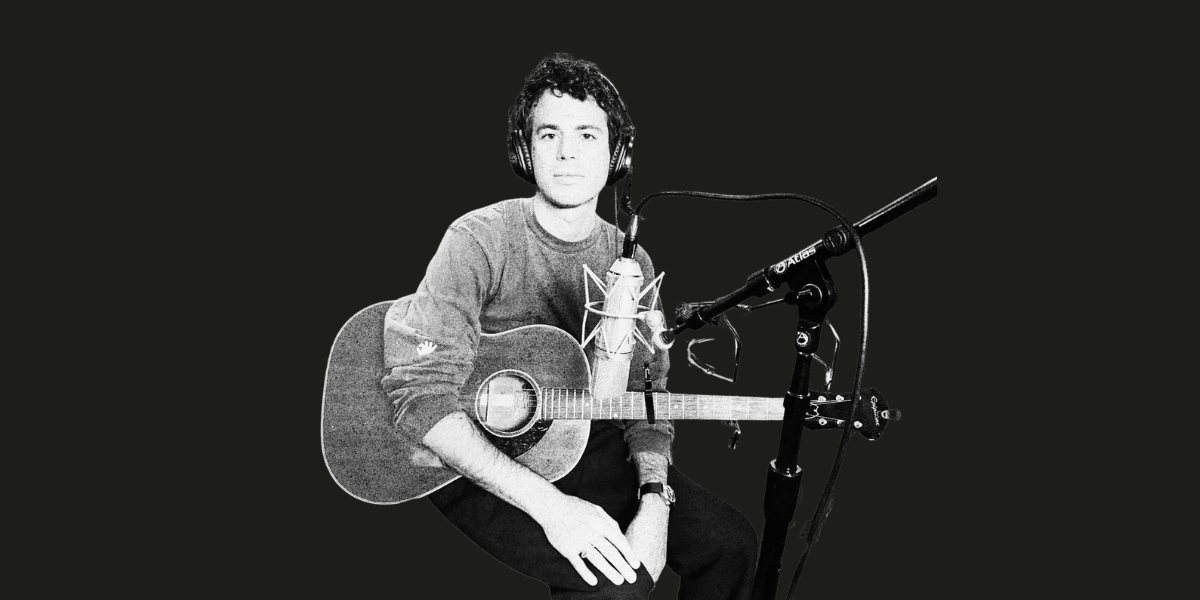When we think about creativity, we often envision a burst of fantastic ideas or artistic endeavors.
However, creativity is more of an approach to problem-solving and innovation that is applicable in all areas of life.

What exactly is creativity?
As Dictionary.com defines it, creativity is “the ability to transcend traditional ideas, rules, patterns, relationships, or the like, and to create meaningful new ideas, forms, methods, interpretations, etc.”
Despite its incredible value, the psychological underpinnings of creativity remain mysterious. But one thing we know for sure is that it's spontaneous and difficult to produce on demand.
Creativity on Demand
This elusiveness poses a challenge, especially nowadays, when creativity is often expected on a schedule. Unfortunately, while there are activities to foster creativity, there isn't a definitive recipe.
However, we can make creativity more manageable by viewing it as a process rather than a skill.
We can make creativity more manageable by viewing it as a process rather than a skill.
In his book Building a Second Brain, Tiago Forte explains that while creative products change over time, the creative process remains constant and involves two phases: divergent and convergent.
In the divergent phase, we need to stay open-minded and generate as many ideas as possible.
In the convergent phase, we narrow down, select, and execute ideas. This phase is necessary to transform ideas into actual products or solutions.
Neurologically, the best state for creating ideas and solutions is the “daydreaming” or “mind-wandering” mode, the state of the brain at rest, which is defined as the “default mode network” by Marcus Raichle. In this state, the brain, disengaged from intentional focus, creates new neural connections and associations and expands concepts.
On the other hand, during the convergent phase, when we select ideas to act upon, our brain utilizes “stay-on-task" mode (or intentional focus, as discussed in our previous article) to help you execute a task without distractions.
(Learn how focus works psychologically.)
These modes are mutually exclusive; in other words, one suppresses the other.
Neurologically, the best state for creating ideas and solutions is the “daydreaming” or “mind-wandering” mode, the state of the brain at rest ... On the other hand, when we select ideas to act upon, our brain utilizes “stay-on-task mode."
As you may have experienced for yourself, mind-wandering mode is crucial for creativity, and it happens almost unpredictably, and only when we are free from our to-do lists. That's why, in today’s busy world, it's important to intentionally schedule this mind-wandering, or creative time.
That might seem counterintuitive, but in today’s world of distractions, you must purposely release yourself from your never-ending to-do list in order to let your mind wander.
What does this look like? Going out for a walk or engaging in boring or repetitive (and not mentally demanding) activities, like cleaning or gardening, can increase the chances of activating this mode. Or sitting in front of your Freewrite and letting thoughts flow through your fingers!
In today’s busy world, it's important to intentionally schedule this mind-wandering, or creative time.
Why You See the Yellow Cars
Both phases of the creative process involve a high level of focus — yes, even the divergent phase.
But how is it possible to focus (which we know consists of filtering out information to stay on task), and also stay open to possibilities simultaneously?
We’re able to do it because of selective attention, the process that makes us notice all the many yellow cars on the street once we decide we want to buy a yellow car. When we tell our brain that yellow cars are important or relevant, it pays more attention to them, working as a guide for our mind-wandering.
So, if we want to improve our creative process and get actual results, we should apply and practice focusing at two different levels.
Two Types of Focus
First, focus on just one project to guide your brain's wandering to get the answers and clues you are looking for, to let your brain make connections and come up with new ideas. Even when you’re just generating ideas, it's an excellent habit to focus on "The One Thing," as Gary Keller and Jay Papasan define it in their book.
Next, focus on a single task to accomplish it. When Albert Einstein disappeared from the public eye for three years, for example, he decided to focus on one single research project. This allowed him to create his groundbreaking theory of relativity.
While these types of focus differ cognitively, both are essential compasses for our thinking, and both involve narrowing your goals. It's why many highly creative individuals are often believed to be obsessed with one thing.
It's why many highly creative individuals are often believed to be obsessed with one thing.
You don't need to become obsessed. But if you provide clear directions to your brain through the proper focus, creativity will flow.
--































